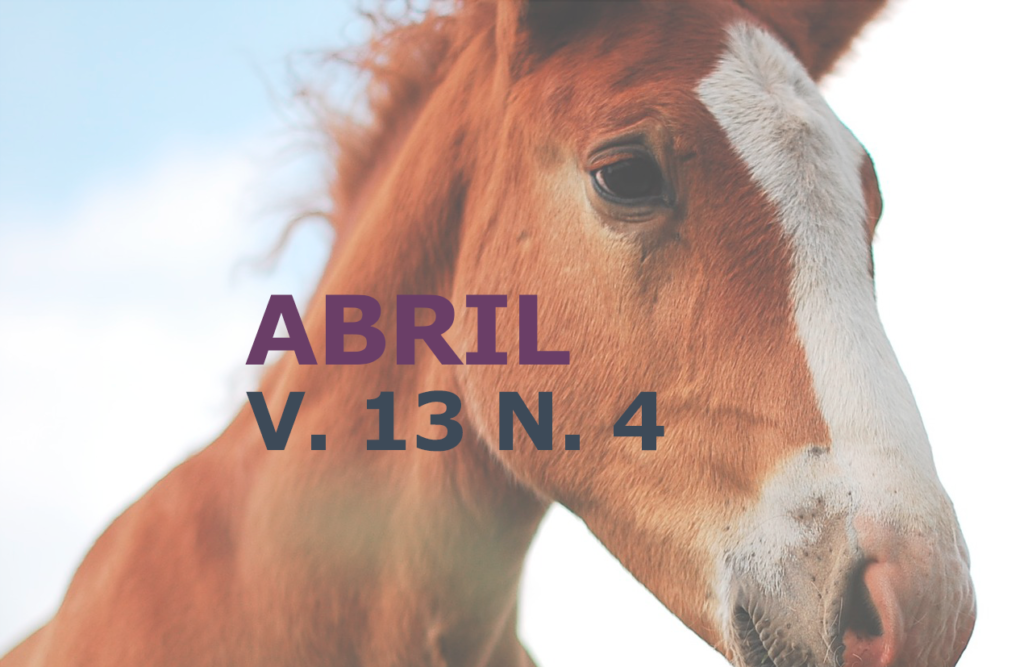Clinical, laboratory and pathological characterization of naturally occurring equine botulinum toxin
DOI:
https://doi.org/10.31533/pubvet.v13n4a309.1-8Keywords:
botrópico accident, laboratory evaluation, equine clinic, necropsyAbstract
Horses are considerably more sensitive to ophidian venom compared to other species of domestic animals. The objective of this study was to characterize the clinical, laboratory and pathological findings of an equine treated at the University Veterinary Hospital Prof. Dr. Ivon Macêdo Tabosa of the Federal University of Campina Grande - Campus Patos - PB, afflicted by botrópico accident. As in most cases the snake involved cannot be visualized the diagnosis depends, fundamentally, on the prior knowledge of the clinical-pathological condition. The presence of a coagulation disorder (thrombocytopenia, hemorrhage and increased coagulation time), renal failure (marked increase of urea and creatinine), hepatic (decreased albumin and globulin) and muscle damage (considerable increase of Lactate Dehydrogenase and Creatine Kinase). In addition to the clinical signs and laboratory findings that showed a botrópico accident, the presence of edema in the limb affected by two symmetrical perforations and the presence of coagulation changes in several organs such as the glottis, diaphragm and stomach can be verified at necropsy. It is noticed that the knowledge of these alterations is of relevant importance to the clinician helping to elucidate the diagnosis of animals affected by botrópico accidents, considering that the time is primordial in the elaboration of an emergency protocol.
Downloads
Published
Issue
Section
License
Copyright (c) 2019 Laura Honório de Oliveira Tolentino, Mikael Leandro Duarte de Lima Tolentino, Daniel de Medeiros Assis, Millena de Oliveira Firmino, Márcio Eduardo de Melo Benvenutti, Eldinê Gomes de Miranda Neto, Antônio Flávio Medeiros Dantas, Antônio Fernando de Melo Vaz

This work is licensed under a Creative Commons Attribution 4.0 International License.
Você tem o direito de:
Compartilhar — copiar e redistribuir o material em qualquer suporte ou formato
Adaptar — remixar, transformar, e criar a partir do material para qualquer fim, mesmo que comercial.
O licenciante não pode revogar estes direitos desde que você respeite os termos da licença. De acordo com os termos seguintes:
Atribuição
— Você deve dar o crédito apropriado, prover um link para a licença e indicar se mudanças foram feitas. Você deve fazê-lo em qualquer circunstância razoável, mas de nenhuma maneira que sugira que o licenciante apoia você ou o seu uso. Sem restrições adicionais
— Você não pode aplicar termos jurídicos ou medidas de caráter tecnológico que restrinjam legalmente outros de fazerem algo que a licença permita.





